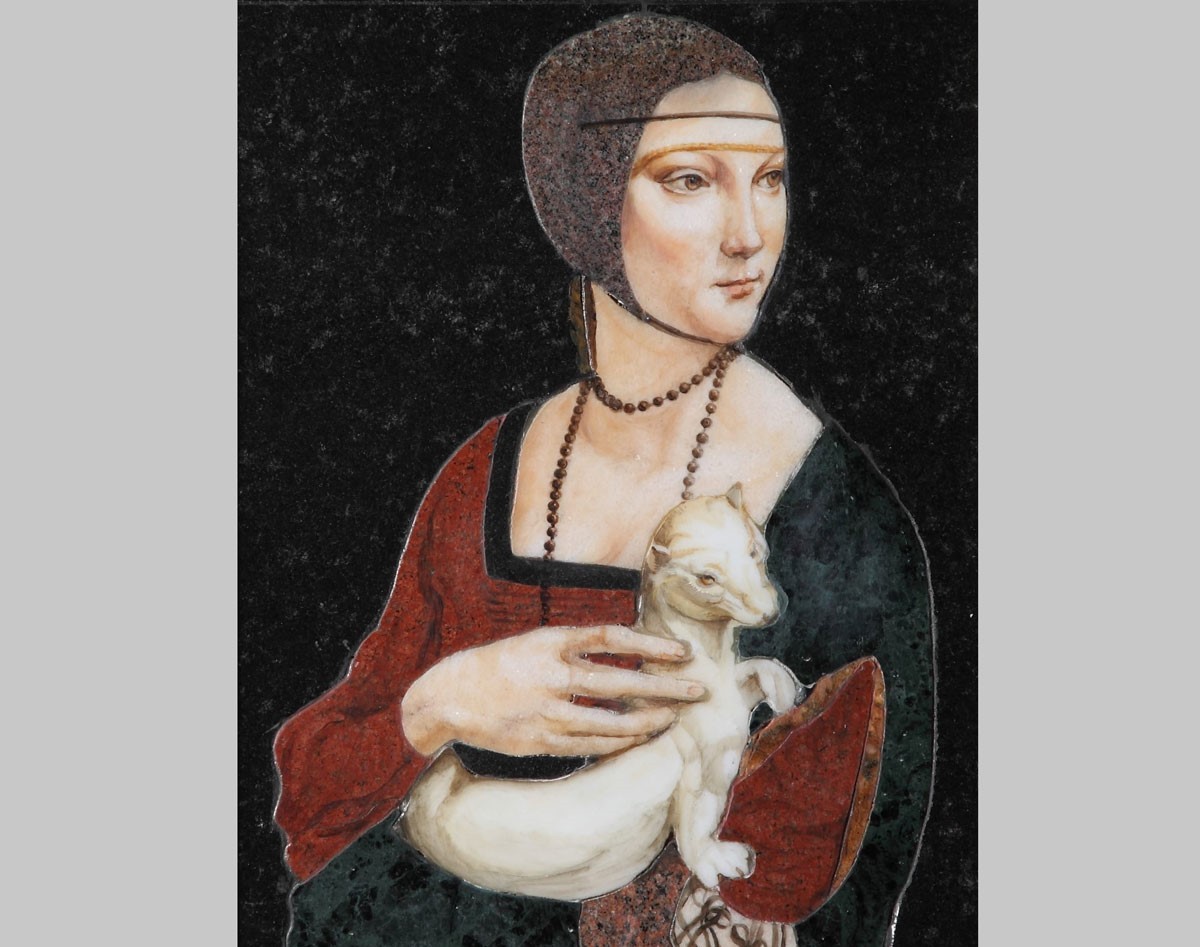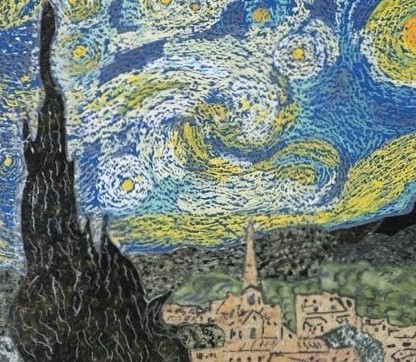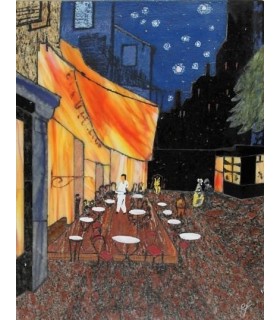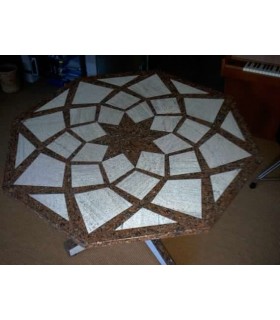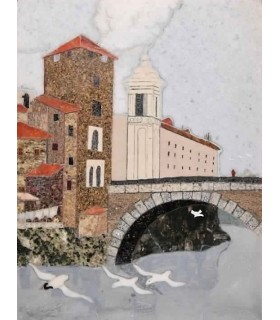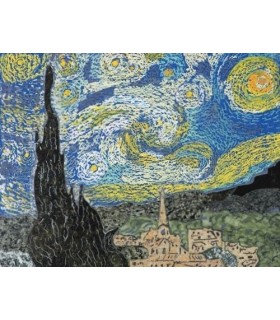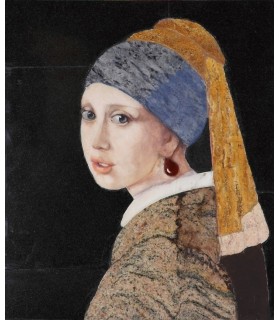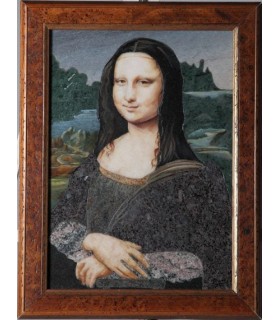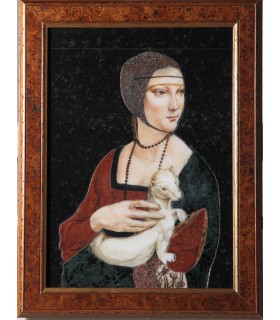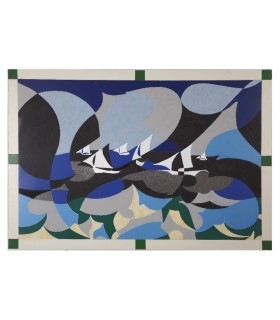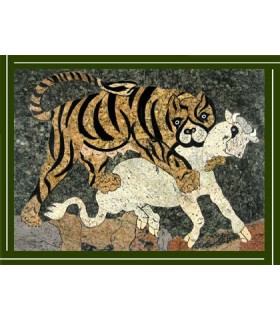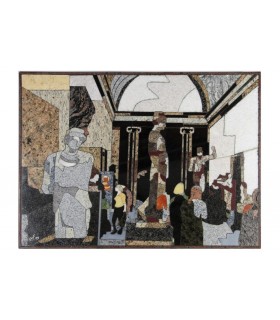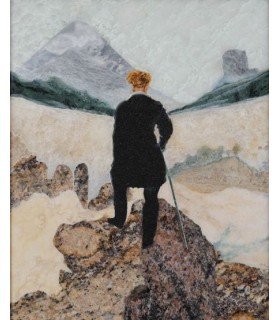About artist
Enrico Fraschetti (1928-2024), self-taught, began his artistic activity only after retirement, around the end of 1995. His research focused mainly on mosaic art, with particular interest in “Opus Sectile,” an ancient technique rooted in the Cosmati Masters. Fascinated by their work, Fraschetti studied their methodologies in depth, learning and reinterpreting the technique, which led him to create numerous works exhibited in solo and group exhibitions both in Italy and abroad. In 2007, his artistic endeavors earned him the “Diploma of Merit at the Gran Premio Raffaello Sanzio” awarded by the Accademia del Marzocco in Florence.
Among his most significant exhibitions is his 2019 solo show in Arona, entitled “Tarsia Paintings with Natural Stones.” His works are made with the ancient Opus Sectile technique, which dates back to the late Middle Ages, but which Fraschetti has taken up and renewed, coining the term “Opus Nova.” His style is distinguished by the use of polychrome stones, mainly granites carved and recomposed in complex compositions according to precise designs. His works mainly reproduce the works of great painters such as Vincent van Gogh, Picasso, Matisse, Klimt, Modigliani, Hayez, and even Leonardo Da Vinci, with the intention of demonstrating how stone, through Opus Nova, can be a valid and eternal means of creative expression. Fraschetti devoted himself passionately to finding a new life for the Opus Sectile, while limiting himself to smaller dimensions than the original works. He began by making tables with geometric tops, then moved on to creating mirror frames and finally to figurative designs. Unlike the Cosmati Masters, who worked primarily in marble for decorative and architectural purposes, Fraschetti chose to turn toward painting, using stone not only as a decorative material but as a true pictorial medium.
His style, also called “Multicolor Granite Tarsia” or “Multicolor Stone Clerk,” is the result of painstaking technological research. Fraschetti invented and made the tools necessary to work the stone with the precision required by his art, using the skills he acquired as a Field Engineer in the United States. His vision was to highlight how stone - granites, marbles, travertines, onyxes, quartzites - when skillfully worked, can restore extraordinary shades of color, contrasts and depth, giving lightness, luminosity and movement to elaborate pieces.
Fraschetti has always seen stone as a tribute to the great artists of the past, a material that, thanks to its eternity, has the ability to restore immortality to works, making them just as immortal as the masters who created them. “Granite,” he said, ‘by its nature offers true eternity,’ and thus each work becomes an indelible trace in time.
